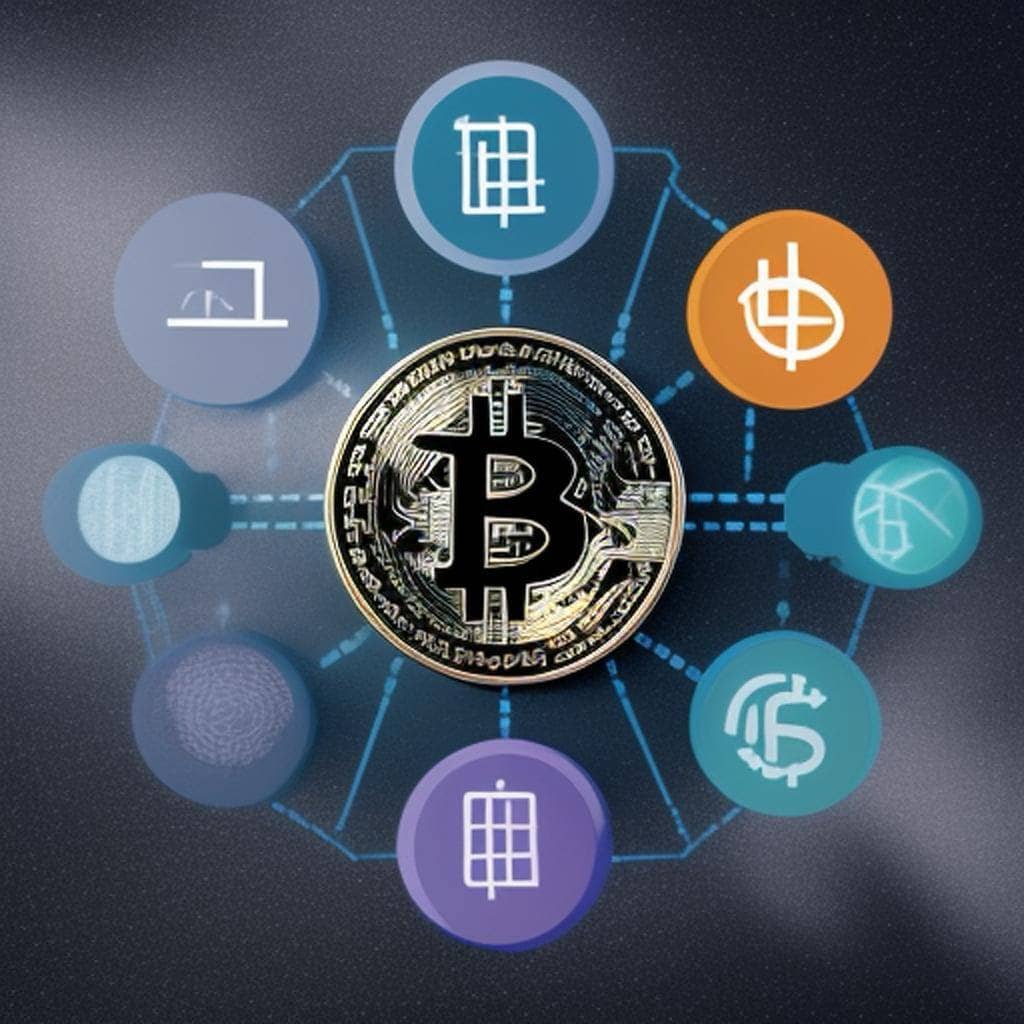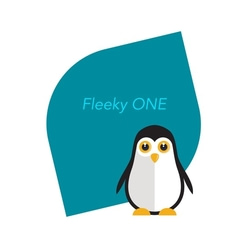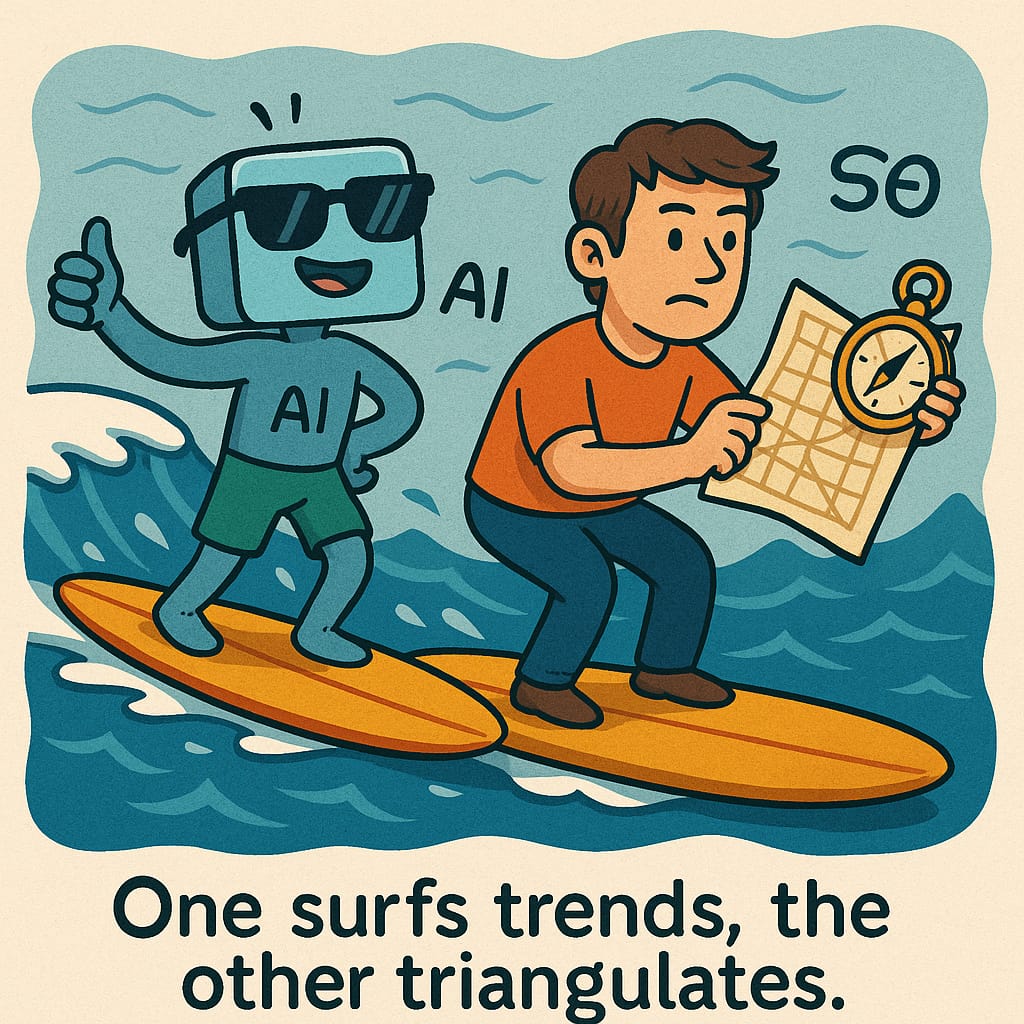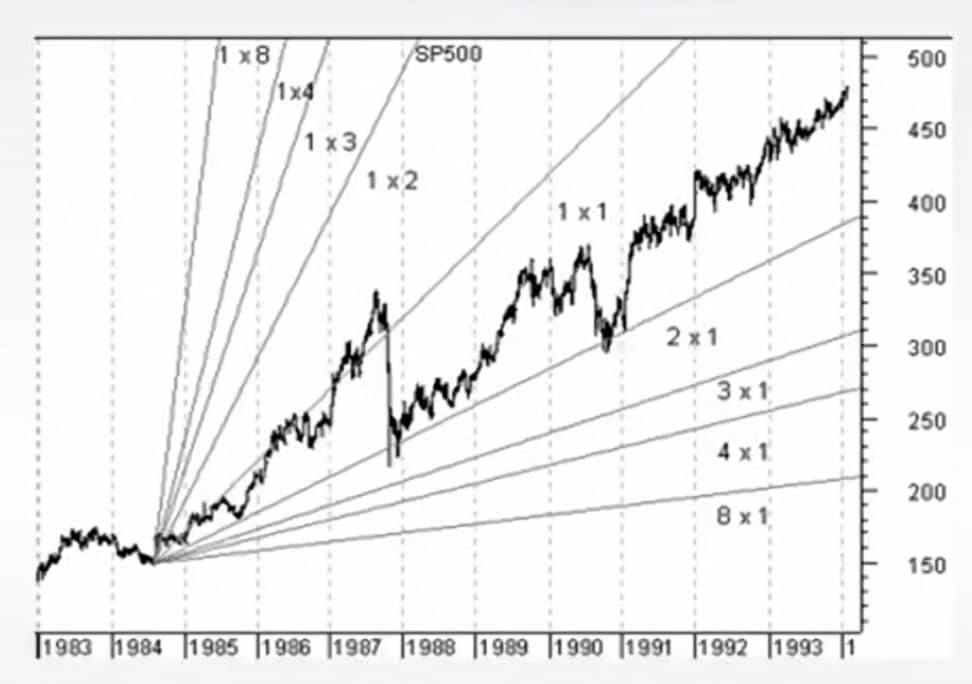
Are Minen and R related to the cryptocurrency space
Minen and R are not directly related to the cryptocurrency space. However, there are some cryptocurrency-related projects that use similar-sounding names.
For example, there is a cryptocurrency called “Minexcoin” (MNX) that is often abbreviated as “MNX” or “MINEX“. This is not related to Minen, which is a database management system, and the two should not be confused.
There is also a statistical software package for R called “MCMCpack“, which stands for Markov Chain Monte Carlo (MCMC) Package. This package can be used for Bayesian analysis and modeling, which is sometimes used in cryptocurrency research.
While Minen and R are not directly used in the cryptocurrency space, the tools and techniques they offer can be useful for analyzing and modeling cryptocurrency data. For example, R is commonly used for financial analysis and modeling, which can be applied to cryptocurrency price data, and Minen’s data management capabilities can be useful for handling large volumes of blockchain data.
Blockchain and blockchain data
Blockchain is a distributed database technology that allows multiple parties to maintain a shared ledger of transactions in a secure and transparent manner. The first and most well-known application of blockchain is Bitcoin, a decentralized digital currency that uses blockchain technology to store and transfer value. However, blockchain technology has the potential to be used for a wide range of applications, from supply chain management to voting systems to real estate transactions.
Blockchain data refers to the information that is stored on the blockchain. This data includes transaction records, which document the movement of assets from one user to another, as well as metadata such as timestamps and block heights.
One of the key advantages of blockchain technology is its security. Because the blockchain is maintained by a decentralized network of nodes, it is resistant to attacks and tampering. Each block in the chain is cryptographically linked to the previous block, creating an immutable record of all transactions on the network. This means that once a transaction has been recorded on the blockchain, it cannot be altered or deleted.
However, the security and transparency of the blockchain also mean that all blockchain data is public and can be viewed by anyone. This has led to concerns about the privacy of blockchain users, as well as the potential for blockchain data to be used for illicit activities such as money laundering or terrorism financing.
Blockchain technology has many potential applications in a wide range of industrie
Here are a few examples of how blockchain and blockchain data are being used today:
- Supply Chain Management: Blockchain technology can be used to create a transparent and secure supply chain, allowing all parties to track the movement of goods and verify their authenticity. For example, Walmart is using blockchain technology to track the movement of food products from farm to store, allowing the company to quickly identify the source of any foodborne illnesses.
- Voting Systems: Blockchain technology can be used to create secure and transparent voting systems, allowing voters to cast their ballots in a verifiable and tamper-proof manner. West Virginia became the first state in the US to use blockchain technology for voting in the 2018 midterm elections.
- Real Estate Transactions: Blockchain technology can be used to create a transparent and secure real estate market, allowing buyers and sellers to exchange property titles in a secure and efficient manner. The startup Propy is using blockchain technology to enable cross-border real estate transactions.
- Cryptocurrencies: As mentioned earlier, the most well-known application of blockchain technology is cryptocurrencies such as Bitcoin. However, there are now thousands of other cryptocurrencies that use blockchain technology to store and transfer value.
| Application | Example Use Cases |
| Supply Chain Management | Walmart’s food tracking system |
| Voting Systems | West Virginia’s blockchain voting system |
| Real Estate Transactions | Propy’s cross-border real estate transactions |
| Cryptocurrencies | Bitcoin, Ethereum, and thousands of other cryptocurrencies |
As blockchain technology becomes more widespread, there is increasing demand for tools and platforms that can analyze and visualize blockchain data.
Here are a few examples of such tools:
- Block Explorers: Block explorers allow users to view the contents of individual blocks on the blockchain, including transaction data, timestamps, and other metadata. Examples of block explorers include Blockchain.info for Bitcoin and Etherscan for Ethereum.
- Data Analytics Platforms: There are now several platforms that provide data analytics and visualization tools for blockchain data. These platforms can help users identify trends, track the movement of assets, and perform other types of analysis on blockchain data. Examples of such platforms include Chainalysis and CoinMetrics.
- Smart Contract Platforms: Smart contracts are self-executing contracts with the terms of the agreement between buyer and seller being directly written into lines of code. Smart contract platforms such as Ethereum allow developers to create and deploy their own decentralized applications on the blockchain.
Blockchain technology and blockchain data have the potential to transform many industries by creating secure and transparent systems for managing data and assets. While there are still many challenges to be overcome, such as privacy concerns and scalability issues, the future looks bright
Several challenges
There are several challenges that must be addressed in order for blockchain technology to reach its full potential.
Here are a few of the key challenges:
- Scalability: One of the biggest challenges facing blockchain technology is scalability. As the number of users and transactions on the blockchain grows, the system can become slow and inefficient. This is because each node on the network must maintain a copy of the entire blockchain, which can be very large. Some solutions to this problem include sharding, which involves breaking the blockchain into smaller segments, and off-chain solutions, which involve moving some transactions off the blockchain.
- Interoperability: Another challenge facing blockchain technology is interoperability. Currently, there are many different blockchain networks, each with its own protocols and standards. This can make it difficult for different networks to communicate with each other. Standards such as ERC-20 and ERC-721 for Ethereum have helped to address this challenge, but more work is needed to create a truly interoperable blockchain ecosystem.
- Security and Privacy: While blockchain technology is very secure, it is not perfect. There have been several high-profile hacks and attacks on blockchain networks, and as the value of cryptocurrencies and other assets on the blockchain grows, these attacks are likely to become more common. There are also concerns about the privacy of blockchain users, as all blockchain data is public and can be viewed by anyone.
- Regulation: Blockchain technology is still in its early stages, and there is currently a lack of clear regulation around many blockchain-based applications. This can make it difficult for businesses and users to operate within the legal framework, and can also create uncertainty around the future of the technology.
- Energy Consumption: Another challenge facing blockchain technology is energy consumption. Because each transaction on the blockchain must be verified by multiple nodes, the system can require a lot of computational power. This has led to concerns about the environmental impact of blockchain technology, particularly for cryptocurrencies such as Bitcoin.
In order for blockchain technology to reach its full potential, these challenges must be addressed. However, there are already many initiatives underway to address these challenges, including research into new scaling solutions, standards for interoperability, and improved security measures. As the technology continues to evolve and mature, it is likely that these challenges will be overcome, and blockchain will become a fundamental part of many industries.
Several possible solutions to the challenges
There are several possible solutions to the challenges facing blockchain technology. Here are some examples:
- Scalability: To address the scalability challenge, one solution is to implement sharding, which involves breaking up the blockchain into smaller parts or “shards”. This allows the network to process transactions more quickly, since each node only needs to maintain a copy of a smaller part of the blockchain. Other solutions include off-chain transactions and layer-two scaling solutions, such as the Lightning Network for Bitcoin and the Raiden Network for Ethereum.
- Interoperability: Interoperability can be addressed by developing common standards and protocols that can be used across different blockchain networks. Examples of such standards include ERC-20 and ERC-721 for Ethereum, which have helped to create a common standard for tokens on the Ethereum network. Other initiatives, such as the Interledger Protocol and the Hyperledger Project, are working to create interoperability between different blockchain networks.
- Security and Privacy: To address security and privacy concerns, developers are working on new security measures and privacy-enhancing technologies. Examples include zero-knowledge proofs, which allow users to prove the validity of a transaction without revealing any information about the transaction itself, and multi-party computation, which allows multiple parties to jointly compute a result without revealing their inputs to each other. Other initiatives, such as the Zcash and Monero cryptocurrencies, are focused on enhancing privacy and anonymity on the blockchain.
- Regulation: To address regulatory challenges, governments and regulatory bodies are starting to develop frameworks and guidelines for blockchain-based applications. For example, the European Union’s General Data Protection Regulation (GDPR) includes provisions for blockchain technology, and the US Securities and Exchange Commission (SEC) has issued guidelines for cryptocurrency and initial coin offerings (ICOs).
- Energy Consumption: To address the environmental impact of blockchain technology, developers are exploring new ways to reduce energy consumption. One solution is to use more energy-efficient consensus mechanisms, such as Proof of Stake (PoS), which requires less computational power than the current Proof of Work (PoW) mechanism used by many cryptocurrencies. Another solution is to use renewable energy sources to power blockchain networks, such as solar or wind power.
These are just a few examples of the solutions being explored to address the challenges facing blockchain technology. As the technology continues to evolve and mature, it is likely that new solutions will be developed to address new challenges that arise.
Which blockchain technologies are the most advanced in all these fields
It is difficult to say which blockchain technologies are the most advanced in all of these fields, as the space is constantly evolving and different blockchain projects may excel in different areas. However, here are some examples of blockchain projects that are making significant progress in various fields:
- Scalability: Ethereum is one of the leading blockchain platforms when it comes to scalability, as it is actively working on implementing sharding and other scaling solutions. Other blockchain projects, such as Zilliqa and Solana, have also made progress in this area.
- Interoperability: Several projects are working on developing interoperability solutions, such as Cosmos and Polkadot. These projects aim to create a “blockchain of blockchains” that can connect different blockchain networks and enable the exchange of assets and data.
- Security and Privacy: Privacy-focused cryptocurrencies such as Monero, Zcash, and Grin are making significant progress in enhancing privacy and anonymity on the blockchain. Other projects, such as Enigma and Oasis Network, are working on implementing privacy-enhancing technologies such as zero-knowledge proofs and multi-party computation.
- Regulation: While many blockchain projects are still grappling with regulatory challenges, some have made significant progress in working with governments and regulatory bodies. For example, Ripple has partnered with several banks and financial institutions to develop blockchain-based payment solutions that comply with existing regulations.
- Energy Consumption: While many cryptocurrencies still use the energy-intensive Proof of Work (PoW) consensus mechanism, several projects are making progress in implementing more energy-efficient consensus mechanisms such as Proof of Stake (PoS). Examples include Ethereum, which is working on implementing a PoS mechanism, and the cryptocurrency Cardano, which uses a unique PoS consensus algorithm.
It’s important to note that these are just a few examples, and there are many other blockchain projects that are making progress in various fields. As the technology continues to evolve, it is likely that new advancements will be made, and the landscape of the blockchain industry will continue to shift and evolve.
Summary table of blockchain challenges and solutions
| Challenge | Possible Solutions |
| Scalability | Sharding, off-chain transactions, layer-two scaling solutions |
| Interoperability | Common standards and protocols, blockchain of blockchains |
| Security and Privacy | Zero-knowledge proofs, multi-party computation, privacy-focused cryptocurrencies |
| QRegulation | Developing regulatory frameworks and guidelines |
| Energy Consumption | More energy-efficient consensus mechanisms, using renewable energy sources |
I hope this table helps summarize the information for you!
Shop Corner
Blockchain technologies On Amazon
Cryptocurrency on Amazon
Thank you for reading and sharing!
Source OpenAI’s ChatGPT Language Model and DALLE – Images Picsart

Invest in your future & learn
Learn affiliate marketing & build your own website.
Heads up! Make sure you sign up using my referral link to get access to my personal coaching and all features.
👉 Sign Up







